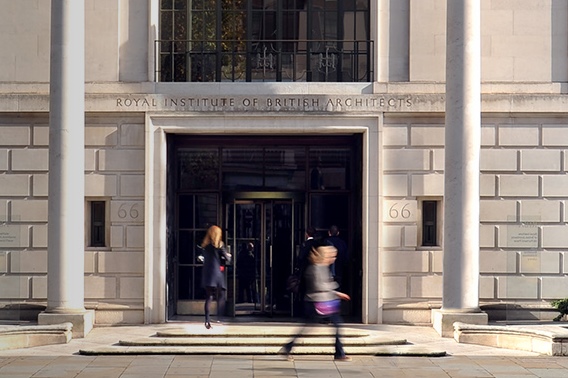RIBA’s Future Trends Survey for April found that, overall, architects expect workloads to increase over the next three months – ending a year-long plague of pessimism.
The April 2024 RIBA Future Trends Workload Index rose by two points to +2, indicating that architects expect workloads to increase overall. This is the first time that this index has been positive since June 2023.
Over the next three months, 19% of practices expect workloads to increase, 17% expect them to decrease, and 63% expect them to stay the same.
The expectations of small practices (<11 staff) remains negative but better, rising by one point to -1, while the outlook of medium (11+ staff) and large (50+ staff) practices remains optimistic, improving by five points, reaching a combined Workload Index figure of +19.
Three out of four monitored work sectors also have an improved outlook. The outlook for the private housing sector (-3) improved by five points, while the commercial (0) and community (-12) sectors both rose by three points. The outlook for public sector work (-9) held steady.
The RIBA Future Trends Permanent Staffing Index fell by two points to 0 (zero), indicating that broadly the same number of practices intend to increase staff numbers as reduce them.
Over the next three months, 11% of practices expect to employ more permanent staff, 10% expect to employ fewer, and 79% anticipate making no changes. As with the workloads index, bigger firms tend to be more upbeat than small firms about staffing levels.

The Temporary Staffing Index rose by 4 points to +1, positive for the first time since July 2022. This suggests increasing numbers of temporary staff over the next three months.
Planning delays are reportedly tying developer capital to land allocated to stalled projects, preventing the acquisition of further sites, and so squeezing the pipeline of design work.
Practices also report under-resourced local authorities and unreliable pipelines of public sector work dampening the architects’ market.
RIBA head of economic research and analysis Adrian Malleson said: “After 10 months of pessimism, the latest Future Trends data paints a positive picture of growing workloads. April’s findings are the most encouraging for some time, and part of a longer-term trend of an improving outlook, despite month-on-month fluctuations.
“Caution is still needed, as workloads are lower than a year ago, with a mixed regional picture and high personal underemployment. However, the vital housing and commercial sectors show early signs of a tentative recovery.
“Some practices also note a strengthening market overall, an uptick in the public housing sector, and the significance of overseas work.”

